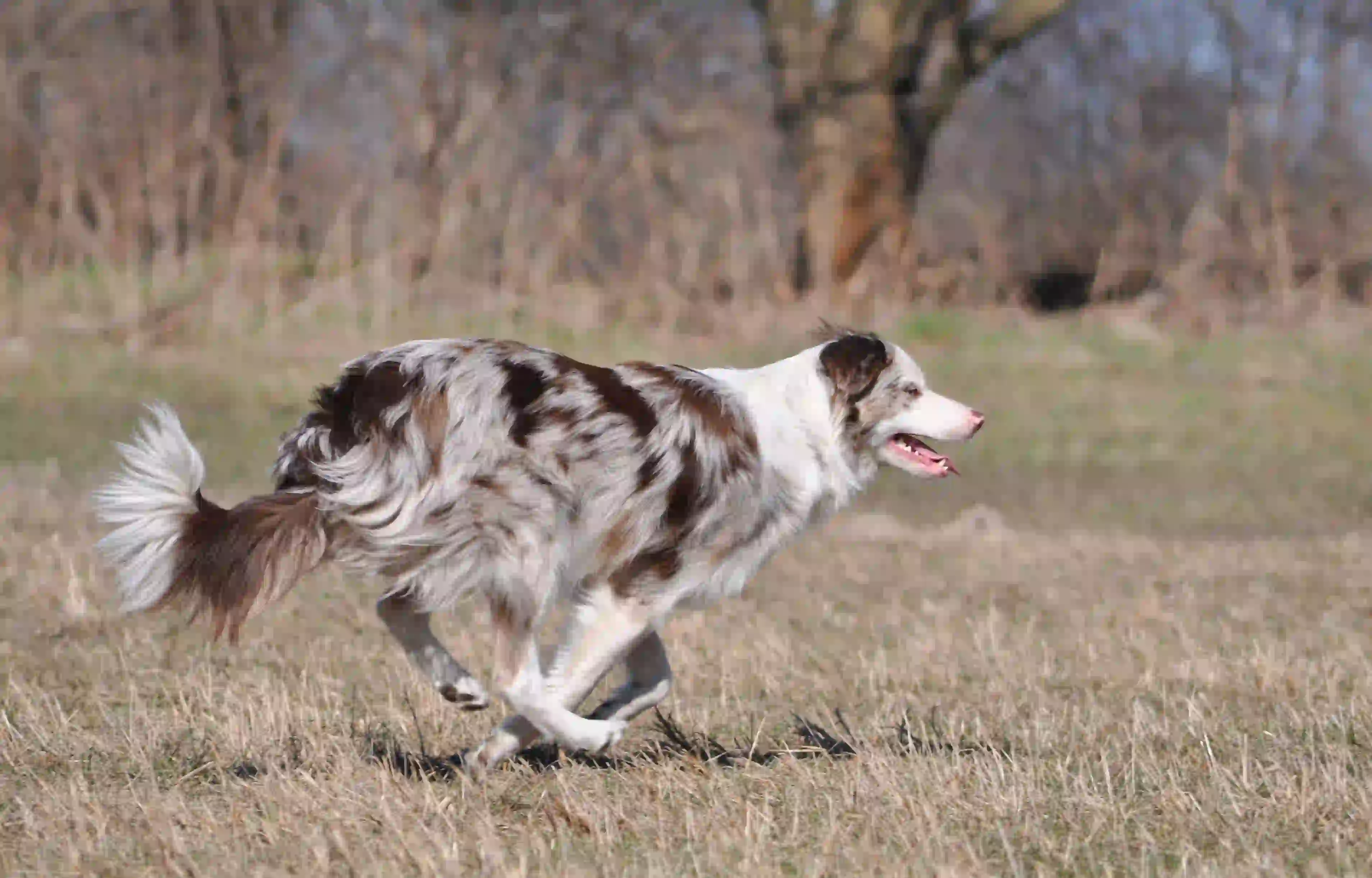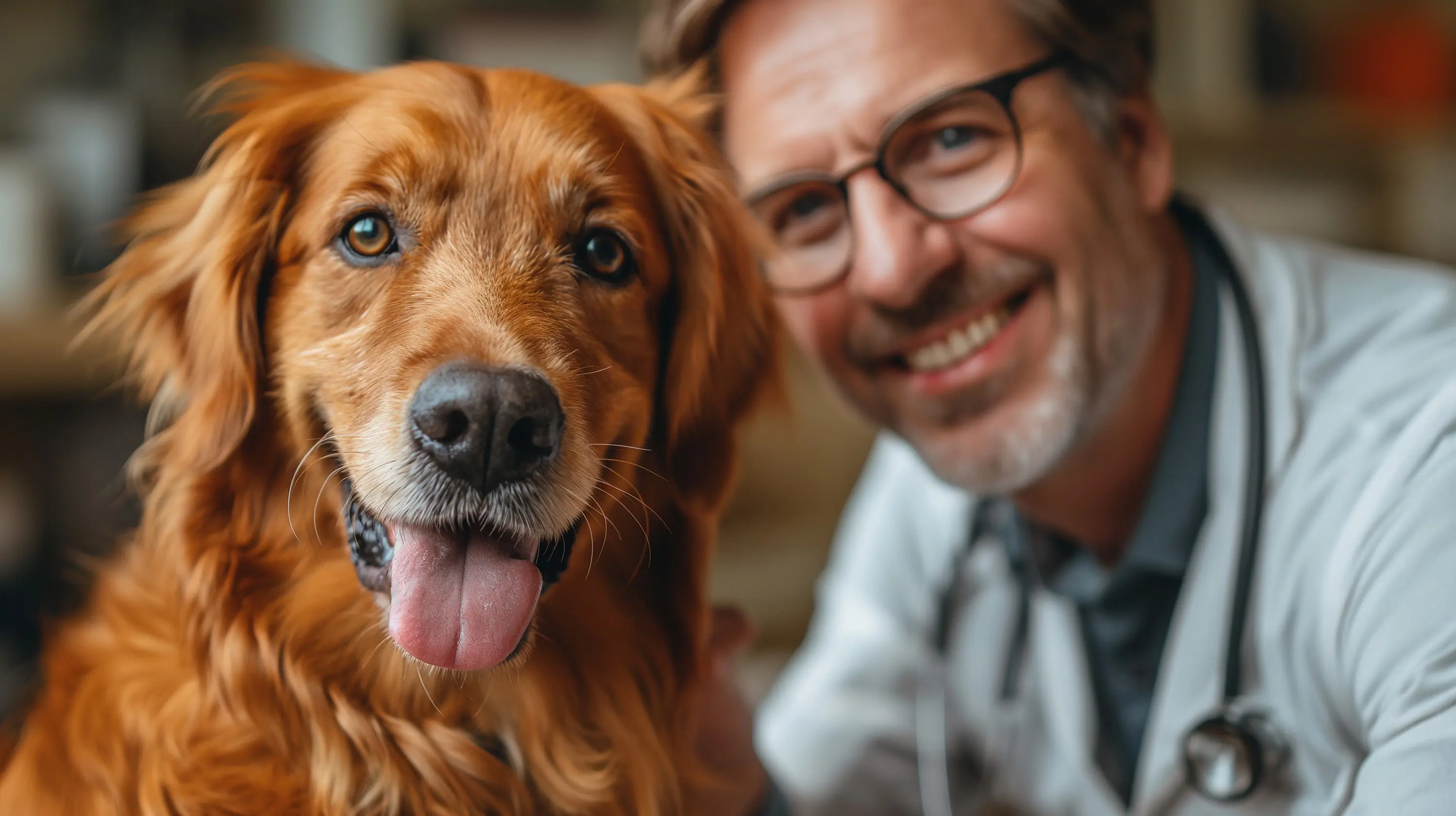
Los problemas ortopédicos en los perros son frecuentes, sobre todo a medida que envejecen o si pertenecen a razas predispuestas a ciertas afecciones. Estos problemas pueden afectar significativamente a la movilidad, el confort y la calidad de vida general del perro. La detección precoz y el tratamiento adecuado son esenciales para tratar estas afecciones con eficacia. Este artículo analiza los problemas ortopédicos caninos más comunes y los tratamientos disponibles para ayudar a su amigo peludo a mantenerse activo y sano.
Problemas ortopédicos caninos comunes
1. Displasia de cadera
La displasia de cadera es una enfermedad genética en la que la articulación de la cadera no se desarrolla correctamente, lo que provoca artritis y dolor. Es frecuente en razas grandes como pastores alemanes, labradores y golden retrievers.
Síntomas:
- Dificultad para levantarse o tumbarse
- Disminución de la actividad o reticencia a hacer ejercicio
- Cojera o rigidez
2. Displasia de codo
La displasia de codo implica un desarrollo anormal de la articulación del codo, lo que provoca artritis y molestias. Es frecuente en razas grandes como el rottweiler y el Boyero de Berna.
Síntomas:
- Cojera de las patas delanteras
- Hinchazón alrededor del codo
- Disminución de la amplitud de movimiento
3. Lesión del ligamento cruzado
El ligamento cruzado es fundamental para estabilizar la articulación de la rodilla. La lesión de este ligamento, a menudo debida a movimientos bruscos o ejercicio excesivo, puede causar dolor e inestabilidad.
Síntomas:
- Cojera repentina en la pata trasera
- Hinchazón alrededor de la rodilla
- Dificultad para soportar peso sobre la pata afectada
4. Luxación rotuliana
La luxación rotuliana se produce cuando la rótula se disloca de su posición normal. Es más frecuente en razas pequeñas como pomeranias y chihuahuas.
Síntomas:
- Cojera intermitente o marcha saltada
- Aparición repentina de cojera
- Postura de piernas arqueadas
5. Osteoartritis
La artrosis, o enfermedad degenerativa de las articulaciones, es el deterioro gradual del cartílago articular, que provoca dolor y disminución de la movilidad. Puede afectar a cualquier articulación, pero es más común en caderas, rodillas y columna vertebral.
Síntomas:
- Rigidez, especialmente tras el reposo
- Hinchazón alrededor de las articulaciones
- Reticencia a moverse o jugar
6. Enfermedad del disco intervertebral (EIVD)
La IVDD consiste en la degeneración de los discos que se encuentran entre las vértebras, lo que provoca dolor, lesiones nerviosas e incluso parálisis. Es común en razas con espaldas largas como los teckel y los corgis.
Síntomas:
- Dolor o rigidez de espalda
- Debilidad en las extremidades
- Pérdida de control de la vejiga o los intestinos
Tratamientos para problemas ortopédicos caninos
1. Control del peso
Mantener un peso saludable es crucial para los perros con problemas ortopédicos. El exceso de peso pone tensión adicional en las articulaciones, exacerbando el dolor y la inflamación.
2. Ejercicio y fisioterapia
El ejercicio regular de bajo impacto ayuda a mantener la movilidad de las articulaciones y la fuerza muscular. La fisioterapia, incluida la hidroterapia y la terapia láser, puede mejorar significativamente la movilidad del perro y reducir el dolor.
3. Medicamentos
Los medicamentos pueden ayudar a controlar el dolor y la inflamación asociados a problemas ortopédicos:
- Antiinflamatorios no esteroideos (AINE):Prescritos comúnmente para reducir el dolor y la inflamación.
- Analgésicos:Analgésicos que ayudan a mejorar el confort del perro.
- Suplementos:La glucosamina, la condroitina y los ácidos grasos omega-3 pueden favorecer la salud articular y reducir la inflamación.
4. Cirugía
La intervención quirúrgica puede ser necesaria para problemas ortopédicos graves:
- Sustitución de cadera u ostectomía de la cabeza femoral (FHO):En caso de displasia grave de cadera.
- Cirugía de codo:Para extraer fragmentos óseos o corregir anomalías articulares.
- Reparación del ligamento cruzado:Técnicas como la TPLO (Osteotomía de Nivelación de la Meseta Tibial) o la TTA (Avance de la Tuberosidad Tibial) estabilizan la rodilla.
- Cirugía de Luxación Rotuliana:Realinea la rótula para evitar la luxación.
- Cirugía del disco intervertebral:Elimina material discal para aliviar la presión sobre la médula espinal.
5. Dispositivos de asistencia
Los dispositivos de asistencia, como camas ortopédicas, rampas y arneses, pueden ayudar a los perros con problemas de movilidad a desenvolverse en su entorno con mayor comodidad.
6. Terapias alternativas
Las terapias alternativas como la acupuntura, los cuidados quiroprácticos y los suplementos herbales pueden proporcionar un alivio adicional a los perros con dolor crónico y problemas de movilidad.
Medidas preventivas
La prevención de los problemas ortopédicos implica un cuidado y una gestión proactivos:
- Selección del criador:Elija criadores que realicen pruebas de detección de afecciones ortopédicas genéticas.
- Nutrición adecuada:Proporcione una dieta equilibrada que favorezca la salud de las articulaciones y mantenga un peso adecuado.
- Revisiones veterinarias periódicas:Las visitas periódicas al veterinario pueden ayudar a detectar y tratar precozmente los problemas ortopédicos.
- Ejercicio:Proporcione ejercicio regular y adecuado para mantener las articulaciones sanas y los músculos fuertes.
Conclusión
Los problemas ortopédicos en los perros pueden afectar significativamente a su calidad de vida, pero con los cuidados y el tratamiento adecuados, muchos perros pueden seguir llevando una vida activa y cómoda. La detección precoz, el control del peso, el ejercicio adecuado y una combinación de tratamientos médicos y quirúrgicos pueden tratar eficazmente estas afecciones. Consulte siempre con nosotros como su veterinario para desarrollar un plan de tratamiento a medida que se ocupa de las necesidades específicas de su perro y promueve su bienestar general.










Escribir un comentario
¿Cuál es su calificación general?